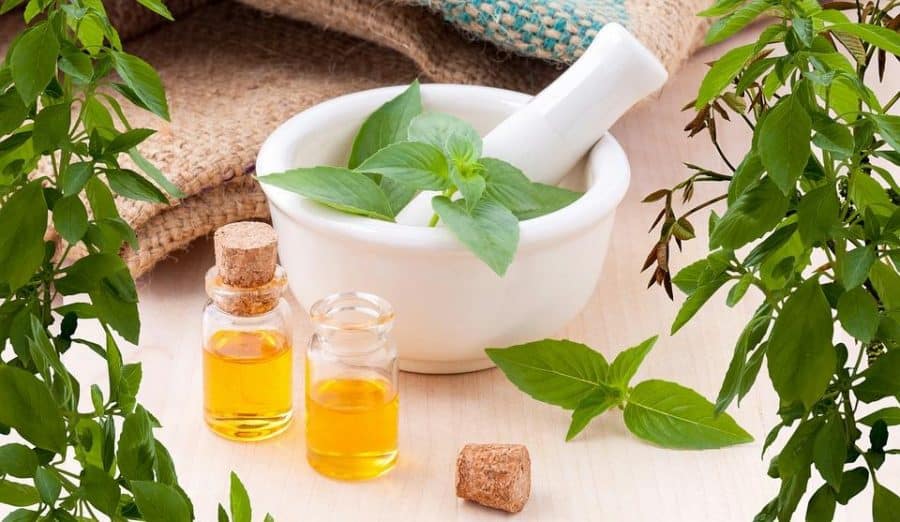In a world where natural remedies are becoming increasingly popular, Kratom, a tropical tree native to Southeast Asia, is taking center stage. With its leaves housing a plethora of compounds, Kratom has captured the attention of those seeking alternative botanical solutions. But how can one unravel the full spectrum of its potential? Also, what are the diverse ways to consume various products found in Kratom shops? The following article explores these questions.
Understanding Kratom and Its Origins
Kratom, scientifically known as Mitragyna speciosa, is an evergreen tree belonging to the coffee family. Native to countries such as Thailand, Malaysia, Indonesia, and Papua New Guinea, it has been used traditionally for centuries as a medicinal herb. The leaves consist of alkaloids such as mitragynine and 7-hydroxymitragynine, which are believed to have various effects on the human body.
Cultural and Historical Usage
In its native regions, Kratom has been utilized for its analgesic properties and as a mood enhancer. It was commonly consumed by chewing the leaves or brewing them into tea. Rural communities had also used it as a substitute for opium when it was not available or too expensive to combat fatigue and improve work productivity.
Potential Health Benefits
Modern science has recently begun to investigate the potential health benefits of Kratom. Some of the areas under exploration include:
Pain Relief
Research indicates that the alkaloids in Kratom leaves might have pain-relieving properties. These compounds interact with the body's opioid receptors, potentially providing relief from different types of pain.
Mood Enhancement and Anxiety Reduction
Some individuals report that Kratom helps in elevating mood and reducing anxiety levels. The alkaloids in the leaves may affect the levels of neurotransmitters in the brain, which could explain these effects.
Energy Boost
Traditionally used to fight fatigue, Kratom may have stimulant effects at lower doses. This is believed to be due to the plant's relation to the coffee family and various active compounds that can affect metabolic processes and hormone levels.
Navigating Legal Restrictions and Safety
It's imperative to be aware of the legal status of Kratom in your country or state, as regulations differ widely. Moreover, the lack of standardized dosage and potential side effects warrants caution.
Knowing the Law
In some countries, including some states in the US, Kratom is considered a controlled substance. Make sure to check local laws before acquiring or using the herb.
Safety and Responsible Use
Due to limited research on Kratom's long-term effects, it's essential to approach its use cautiously. Start with small doses to gauge how your body reacts, and avoid combining it with other substances without proper guidance from a healthcare professional.
Diverse Consumption Methods
If you're considering incorporating Kratom into your routine, knowing the various consumption methods of these products available at Kratom shops is useful.
Traditional Tea
Brewing Kratom leaves, or powder, into tea is a conventional way of consumption. This method allows for easy dosage control and can be a soothing experience.
Capsules and Tablets
For those who find the taste of Kratom leaves too bitter, capsules and tablets are an alternative. These can provide a convenient and discreet way to consume the herb.
Tinctures and Extracts
Kratom can also be processed into tinctures and extracts, which are concentrated forms of active compounds. This method is for more experienced users, as taking a high dose is easier.
Unraveling Kratom's Rich Tapestry
Exploring Kratom's potential is like opening a treasure chest of botanical wonders. However, like any potent natural remedy, it should be approached with knowledge, respect, and caution. Be informed about the legal status, consume responsibly, and consult healthcare professionals when necessary. Through mindful exploration, Kratom's rich tapestry can be woven into the fabric of modern holistic health.

Isreal olabanji a dental assistant and public health professionals and has years of experience in assisting the dentist with all sorts of dental issues.
We regularly post timely and trustworthy medical information and news on Fitness, Dental care, Recipes, Child health, obstetrics, and more.
The content is intended to augment, not replace, information provided by your clinician. It is not intended nor implied to be a substitute for professional medical advice. Reading this information does not create or replace a doctor-patient relationship or consultation. If required, please contact your doctor or other health care provider to assist you to interpret any of this information, or in applying the information to your individual needs.


